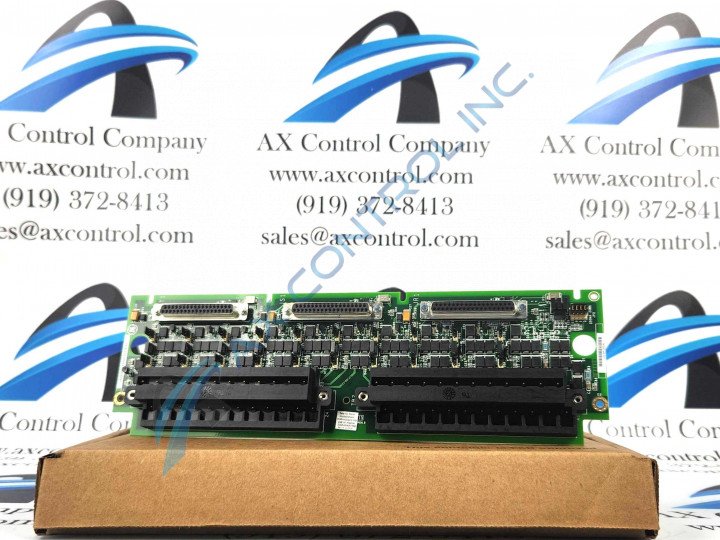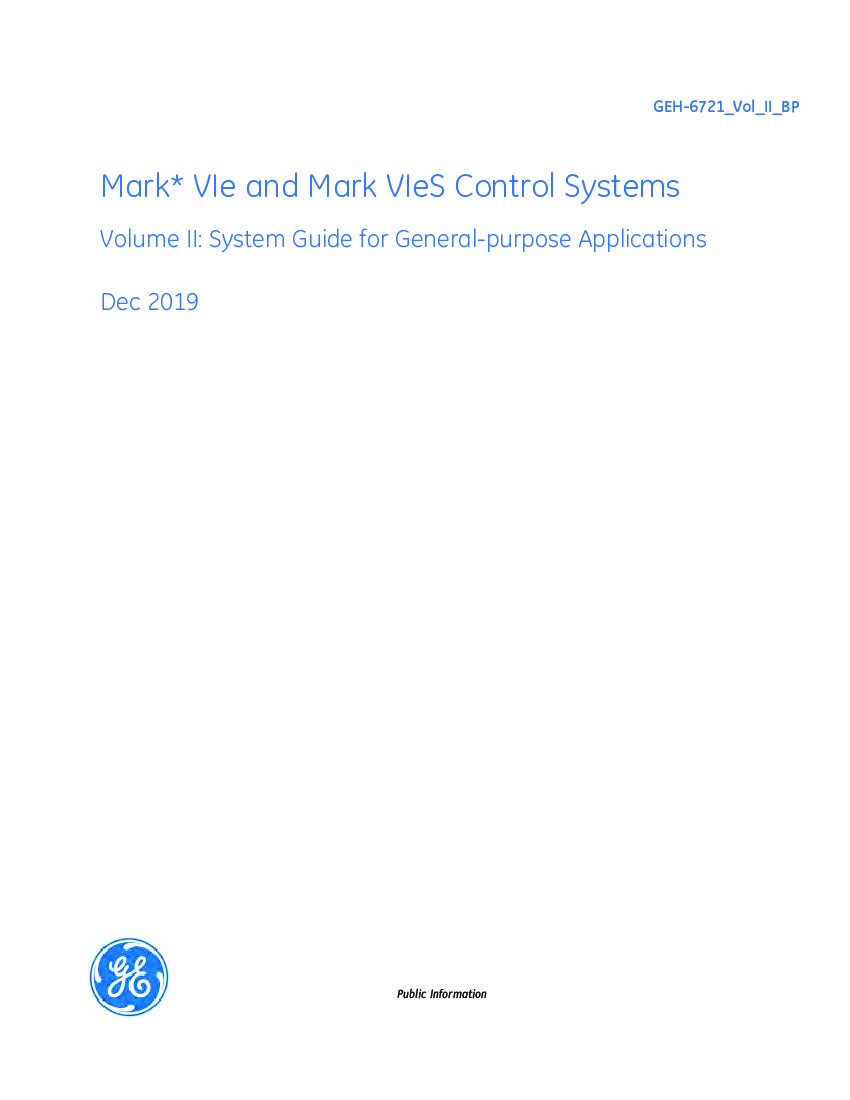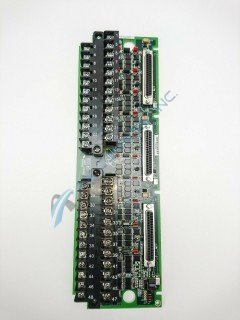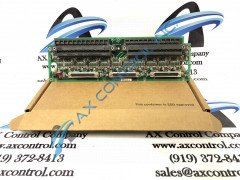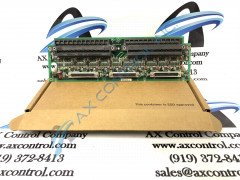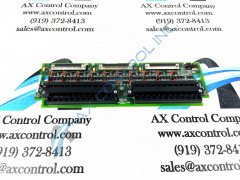About the IS200TBAIH2C
Greater Product Series Information
The IS200TBAIH2C is an Analog Input/Output terminal board designed by General Electric to be used in the Mark VI series. In some cases, the model can also be used in the Mark VIe or Mark VIeS series but is most commonly used with the Mark VIe series as it interfaces with the Mark VIe IS220PAIC module. The Mark VI Turbine Control System Series containing this IS200TBAIH2C printed circuit board product offering here must be considered:
- quite the upgrade from the previous Mark V Turbine Control System Series that was before deemed as the industry standard
- the Mark VI Turbine Control System Series added the alternative energy-based wind turbine functional possible application onto the gas and steam applications first seen with the rollout of this IS200TBAIH2C product's Mark V Turbine Control System Series
- generally desirable on existing promotional markets due to its nature as one of General Electric's final-developed Mark product series to utilize the patented Speedtronic control system technology first seen with the Mark I Series' rollout in 1969
Hardware Tips and Specifications
This PCB supports a number of critical hardware components and component specifications, including:
- ten analog inputs and two analog outputs
- the analog outputs can be set up for 0-20 mA or 0-200 mA currents
- three DC-37 pin cable connectors
- labeled JR1, JS1, and JT1
- in TMR applications, input signals fan to the three connectors for the R/S/T controls
- two terminal blocks (TB1 and TB2.)
- located side-by-side along one board edge
- barrier-type blocks that can be unplugged from the board for maintenance
The board is installed with a shield bar attached to the left of these components. Transistors, resistors, integrated circuits, capacitors, and jumper switches are on the board's surface. Jumpers are used to determine the type of current input and output. This specific IS200TBAIH2C printed circuit board or modular assembly product offering from the trusted General Electric retailer's highly-sought Mark VI Turbine Control System Series interestingly enough does not exist as the original product of its specific General Electric-intended functionality. In reality, that would have to be deemed as the IS200TBAIH2 parent printed circuit board product notably not exercising installation of this IS200TBAIH2C device's singular C-rated functional product revision.
IS200TBAIH2C Device I/O Specifications
Each cable that connects to the IS200TBAIH2C model comes with an ID device that the I/O controller can interrogate. A mismatch in this read-only chip will cause a hardware incompatibility fault. The board will also produce a diagnostic alarm fault if there is a voltage drop of output current across the two board outputs. This IS200TBAIH2C Analog I/O Terminal Board device's I/O's include the:
• 2 wire transmitter analog input
• 3 wire transmitter analog input
• 4 wire transmitter analog input
• External power transmitter analog input
• ±5 V, ±10 V dc analog input


